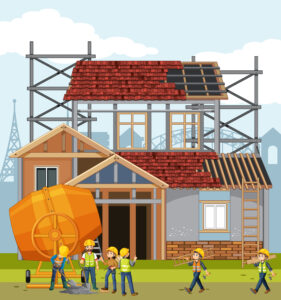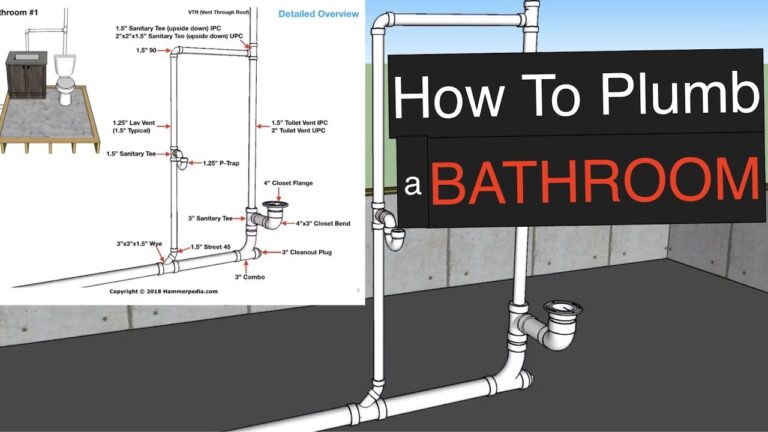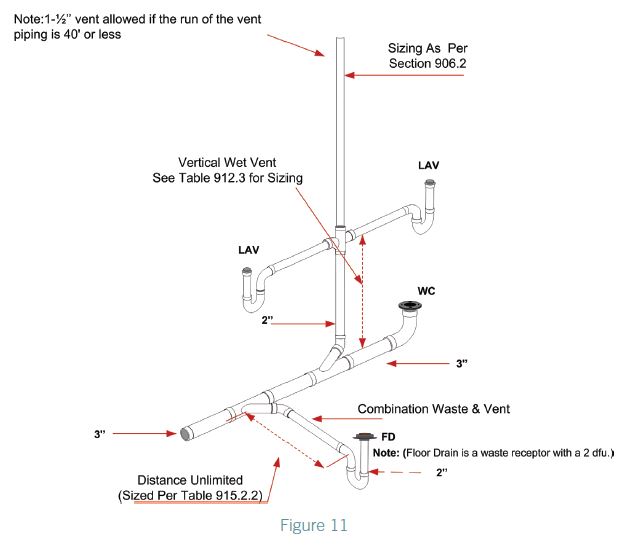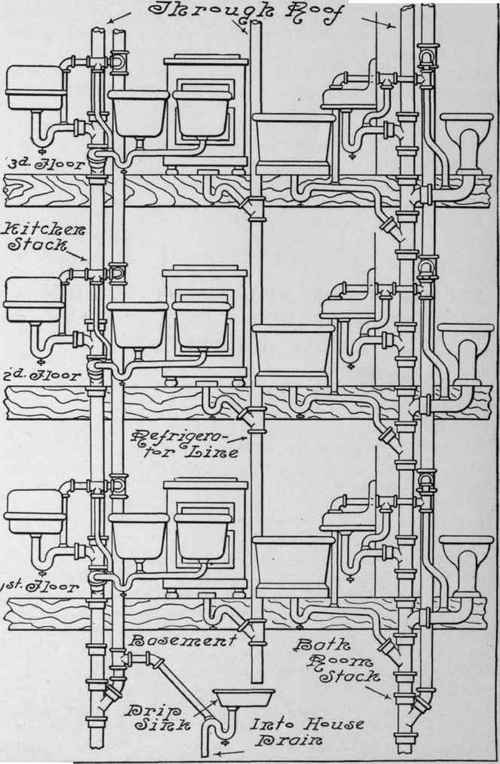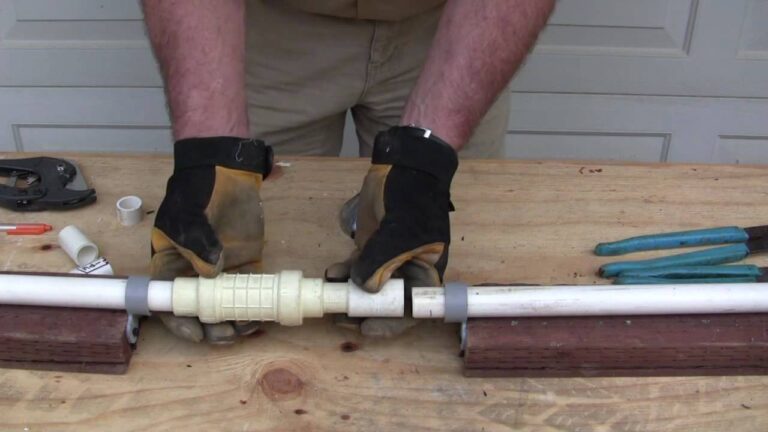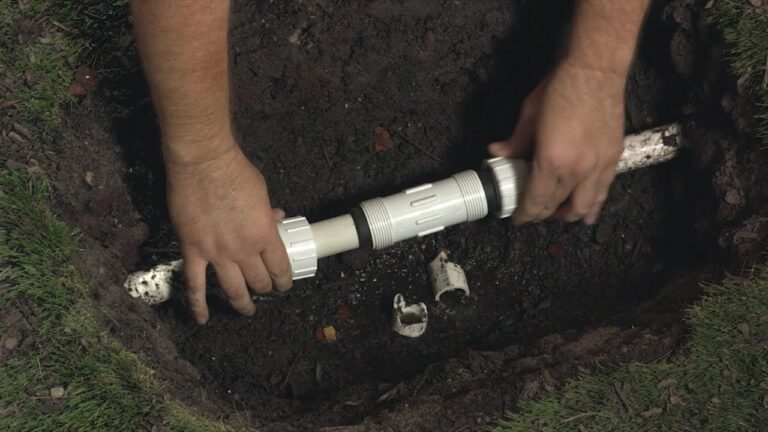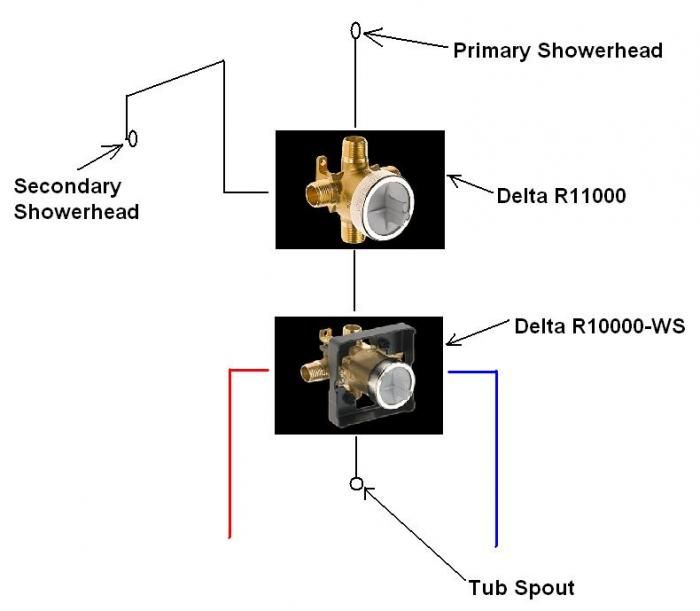What Is Pump House Construction?
Pump house construction is the process of designing and building a structure that houses a pump. This type of structure is used for a variety of purposes, such as transferring water from one location to another, controlling the flow of water, providing a convenient location for servicing the pump, and protecting the pump from damage. The construction of a pump house requires careful planning and design, as it must be able to withstand the elements and provide a safe, secure environment for the pump. It also must be able to meet the necessary performance and safety requirements.
Definition of Pump House Construction
Pump house construction is the process of constructing a building to house a pump and associated equipment. It is a specialized form of construction that requires a certain level of expertise, as the pumps and their supporting equipment must be properly installed and maintained to ensure their proper functioning and to prevent potential damage caused by the elements. This type of construction requires the use of a variety of materials, including concrete, steel, and other durable materials, and must be designed to withstand the varying pressures and temperatures associated with the operating environment. Additionally, the pump house must be sealed to protect the equipment from the outside elements and to prevent any water or fuel leaks. It is also important to ensure that the pump house is properly insulated to help keep the temperature and humidity levels in the building at an optimal level for the functioning of the equipment.
Historical Overview of Pump House Construction
Pump house construction has been in use since the late 18th century. It was initially used to facilitate the transportation of water from rivers or streams to urban areas. It is a simple and cost-effective method of water supply that involves the construction of a pump house to house the pumping equipment; this is then connected to a water source or storage tank, allowing for the efficient transfer of water from one location to another. The pump house also serves as a protective shelter for the pumps, preventing them from damage or destruction.
In the 19th century, the invention of the steam engine and electric motor allowed for the development of more efficient and powerful pumps, increasing the potential for the use of pump house construction. This increased the number of pump houses in operation and, consequently, the number of people who had access to clean and safe drinking water. Pump house construction has since been employed in many different applications, from residential water supply to industrial and agricultural use.
Today, pump house construction is still widely used and is seen as an essential part of many water supply systems. It is a reliable and cost-effective way of ensuring a consistent and secure water supply and can be used in both rural and urban areas. Pump house construction is also an important part of disaster relief and emergency response efforts, as they can be quickly constructed to provide a safe and reliable water source in times of need.
Types of Pump Houses and Their Benefits
Pump houses are a crucial part of any water or wastewater system, as they provide a safe and secure environment for the pumps they contain. Depending on the industry, you may need a different type of pump house. Each type has its own set of benefits that can help you make the right decision for your specific needs.
The most common type of pump house is the underground pump house, which houses pumps deep in the ground for maximum protection from the elements and potential vandalism. Above-ground pump houses are also popular, and they are typically used in applications where the ground is not suitable for underground construction. These pump houses are built above ground and can also be customized for more specific needs.
Prefabricated pump houses are also available and provide a quick and cost-effective solution for pump installation. These prefabricated structures are typically constructed from steel and can be easily transported to the desired location, saving time and money on installation.
Finally, custom pump houses can be designed and built to meet a specific set of needs. These pump houses are constructed from a variety of materials, including concrete, steel, wood, and fiberglass, and are often used in unique and specialized applications.
No matter which type of pump house construction you choose, it’s important to consider the benefits of each and make sure it meets your specific needs. By understanding each type of pump house and the benefits they provide, you can be sure to make the best decision for your system.
Materials Used in Pump House Construction
Pump house construction requires the use of specialized materials that are designed to withstand the harsh conditions encountered in such environments. These materials must be of the highest quality and must be able to withstand extreme temperatures, chemical exposure, and other environmental stresses that a pump house may face. Common materials used in pump house construction include concrete, steel, masonry, and plastics. Concrete is usually used for foundations and walls, while steel is often used for structural components. Masonry is often used for enclosures and exterior finishes, while plastics are often used for pipes and fittings. Additionally, specialized paints and coatings may be used to protect the materials from the elements, as well as to provide aesthetic appeal. As with any construction project, the use of appropriate materials is essential for the successful completion of a pump house.
Advantages of Pump House Construction
Pump houses are becoming increasingly popular in the construction sector, as they offer a range of benefits for both contractors and homeowners. Pump house construction is a process that involves the installation of a pump house, which is a structure used to house pumps and other equipment related to water or other fluid distribution. It is typically constructed of concrete, steel, or other materials. Pump houses are used to pump water up from underground sources, such as wells, or to store and distribute water for commercial and residential use. Pump houses can also be used to control the pressure of a particular water source, to regulate the flow of water, or to house other types of pumps or equipment.
The advantages of pump house construction are numerous. Pump houses are typically constructed to be durable and reliable, and they also provide a level of protection for the pumps and equipment within them. Additionally, they can provide a more aesthetically pleasing solution than traditional underground water sources, and they can be designed to fit in with the overall look and feel of the surrounding landscape. Furthermore, pump houses are typically more efficient than other traditional water sources, as they can be designed to fit specific needs and to be more energy-efficient. Finally, pump houses can be customized to meet the individual needs of homeowners or businesses.
Challenges of Pump House Construction
Pump house construction involves complex engineering designs and careful planning to minimize safety risks and ensure long-term sustainability. With the growing demand for reliable water supply systems, pump house construction is becoming increasingly important for the water industry. While pump house construction can be a challenging process, there are several ways to ensure a successful project.
For starters, it is important to select the right materials for the job. The type of material used must be able to withstand the environment, the pressure, and the weight of the equipment. Additionally, the materials must be corrosion-resistant and durable to ensure the longevity of the pump house.
Another important factor to consider is the construction site. The location of the pump house must be carefully chosen to ensure that it is away from any sources of contamination, such as nearby rivers, lakes, or landfills. Additionally, the site must be inspected to ensure that it is structurally sound and can support the weight of the pump house.
Finally, the pump house design must be appropriate for the environment and the equipment. The design must be able to accommodate the size and type of equipment and must be able to withstand weathering, extreme temperatures, and other environmental conditions. Additionally, the design must be able to prevent any potential accidents or damage.
By taking the time to carefully evaluate each aspect of the pump house construction process, it is possible to successfully build a pump house that will provide a safe and reliable water supply for many years to come.
Cost of Pump House Construction
Pump houses are structures used to house and maintain pumps and related equipment. As with any building, the cost of pump house construction can vary depending on the size and type of structure, the materials used, and the complexity of the design. Generally, the cost of materials and labor for a pump house can range from a few thousand to tens of thousands of dollars.
When planning a pump house construction project, the first step is to determine the size and type of structure needed and the location. Factors such as climate, soil type, and terrain will also affect the cost. Building materials, including foundation, walls, and roof, must also be taken into account when budgeting for the project.
The cost of labor is another major factor to consider. Experienced professionals should be hired to ensure the quality of the project. This includes electricians, plumbers, and other specialists who may be needed to install or maintain the pumps and related equipment.
Finally, the cost of permits and inspections should also be taken into account. Depending on the location and the complexity of the project, these costs can vary significantly. It is important to research local regulations and laws to make sure the project is compliant with all applicable laws and regulations.
Overall, the cost of pump house construction can vary widely depending on the size and complexity of the project. It is important to factor in all costs, including materials, labor, permits, and inspections when budgeting for the project. With the right planning and preparation, pump house construction can be a cost-effective way to maintain and protect pumps and related equipment.
Maintenance of Pump House Construction
Pump house construction is a complex engineering process that requires a great deal of maintenance. It is essential to ensure that the structure remains safe and in proper working order. To do this, regular inspections and preventive maintenance are necessary. It is important to follow the manufacturer’s recommended maintenance schedule, as well as to be aware of any potential problems that can arise. This includes inspecting the foundation and support structures, checking for any leaks or damage, and ensuring that all safety equipment is in proper working condition. In addition, it is important to inspect and repair any electrical components as needed, as well as to maintain and lubricate all moving parts. Finally, it is important to keep the area around the pump house clean and clear of debris, as this can pose a safety hazard. With proper maintenance, pump house construction can last for many years and continue to provide safe and reliable service.
Conclusion
Pump house construction is an important part of many construction projects. It involves the installation of pumps and other equipment to provide water supply and other vital services to the building. Pump houses are typically built to withstand the elements and provide a secure area for the equipment, ensuring its longevity and reliability. Pump house construction requires a high degree of skill and precision to ensure that the pumps and equipment are installed properly and securely. It is an important part of any construction project, and the successful completion of a pump house can be the difference between a successful project and a failed one.



